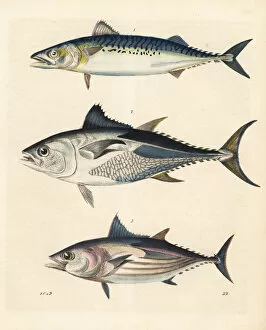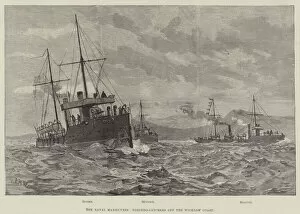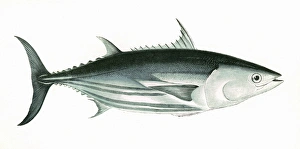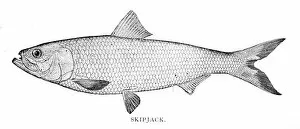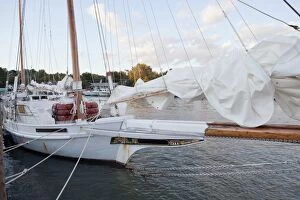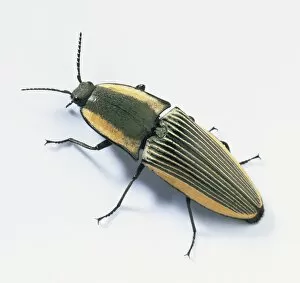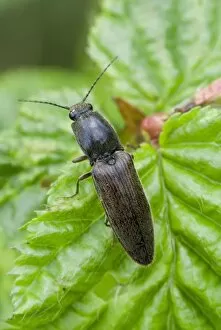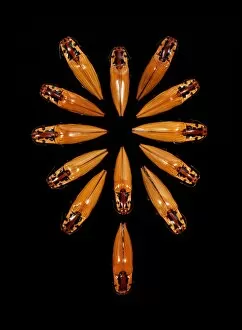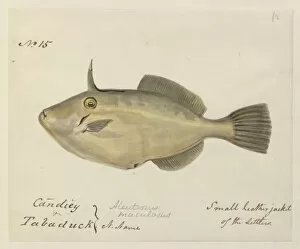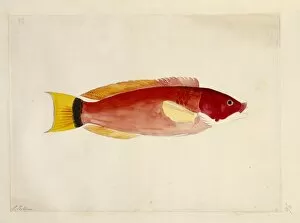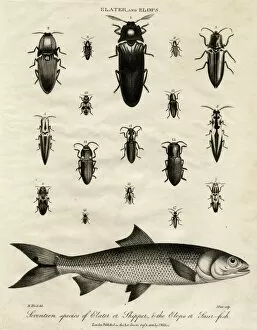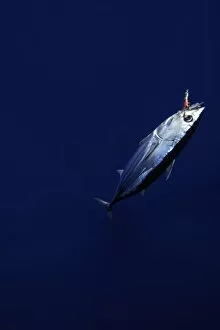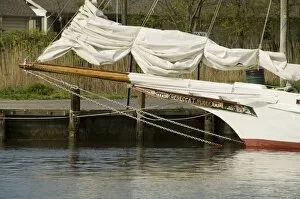Skipjack Collection
The skipjack, a versatile term encompassing various aspects, holds a rich history and diverse meanings
All Professionally Made to Order for Quick Shipping
The skipjack, a versatile term encompassing various aspects, holds a rich history and diverse meanings. Firstly, it refers to the restored historic Skipjack sailing boat that has withstood the test of time. With its elegant design and majestic sails, this vessel represents a bygone era of maritime exploration. Another interpretation leads us to Katsuwonus pelamis, commonly known as Skipjack tuna. This species is renowned for its agility and speed in the ocean depths. Bonito, tuna, and long-fin tunny are also part of this fascinating family. Delving into artistry inspired by naval maneuvers, we encounter captivating engravings depicting torpedo-catchers off the Wicklow Coast and lithographs showcasing the commencement of these maneuvers with the "A" Squadron cruising off the Lizard. These intricate illustrations transport us back to an era where naval prowess was celebrated. An enchanting engraving from 1898 showcases a detailed depiction of a skipjack—a testament to human fascination with this remarkable creature. Additionally, an American line engraving from 1882 presents us with a body plan blueprint that offers insight into its structure and form. Tilghman Island in Maryland serves as home to some of America's last working sailboats—the skipjacks—embodying tradition amidst modernity. These vessels continue their laborious journeys on waterways across America while preserving age-old techniques. Beyond nautical associations lies yet another facet: click beetles or Elateridae insects often referred to as skipjacks due to their unique ability to produce audible clicks when righted after being flipped onto their backs—an intriguing adaptation within nature's realm. Whether evoking images of graceful sailing boats or exploring marine life through tuna species or even uncovering artistic representations capturing naval maneuvers or insect behavior; one cannot deny the multifaceted nature encompassed by the term "skipjack.


